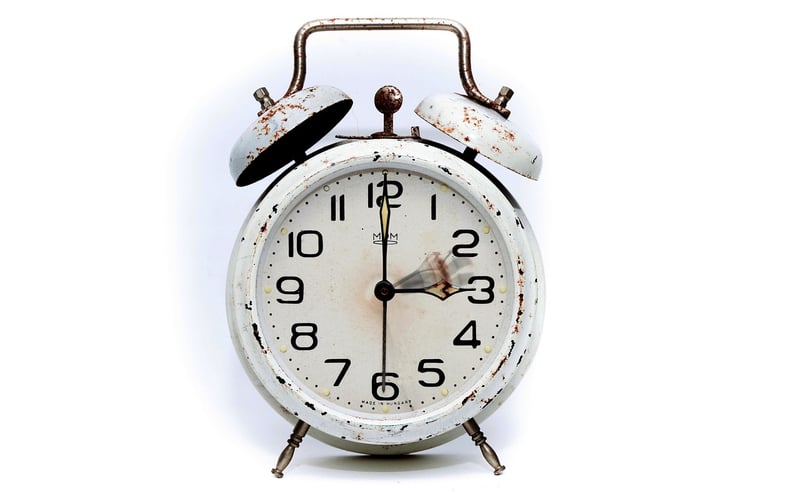Temporal Loops
Understanding Time Disruptions and Temporal Loops
Time disruptions and temporal loops are fascinating concepts that have captured the imagination of many through science fiction and theoretical physics. Let's delve into what these phenomena entail and how they are portrayed in popular culture.
Time Disruptions
Time disruptions refer to any event or occurrence that interrupts the normal flow of time. This could include time travel, time dilation, or paradoxes that challenge our understanding of causality. In science fiction, time disruptions often serve as plot devices to explore the consequences of altering the past or future.
Types of Time Disruptions:
- Time Travel: The concept of moving between different points in time.
- Time Dilation: The effect of time passing at different rates for two observers moving relative to each other.
- Temporal Paradoxes: Situations where the laws of physics are violated by the existence of contradictory events.
Temporal Loops
Temporal loops, also known as causal loops or closed timelike curves, are situations in which an event is caught in a loop of cause and effect, leading to a self-perpetuating cycle. This phenomenon raises questions about free will, determinism, and the nature of time itself.
Characteristics of Temporal Loops:
- Events repeating in a cyclical manner without a clear beginning or end.
- Causal links that create a loop where the effect is also the cause.
- Dilemmas involving changing the past to alter the future within the loop.
Popular movies and TV shows like "Groundhog Day," "Looper," and "Dark" have explored the intricacies of temporal loops, captivating audiences with mind-bending narratives and thought-provoking themes.

As we continue to ponder the mysteries of time disruptions and temporal loops, one thing remains certain - the concept of time will always be a source of wonder and intrigue for generations to come.
References: Time Travel - Wikipedia, Closed Timelike Curves - Wikipedia
